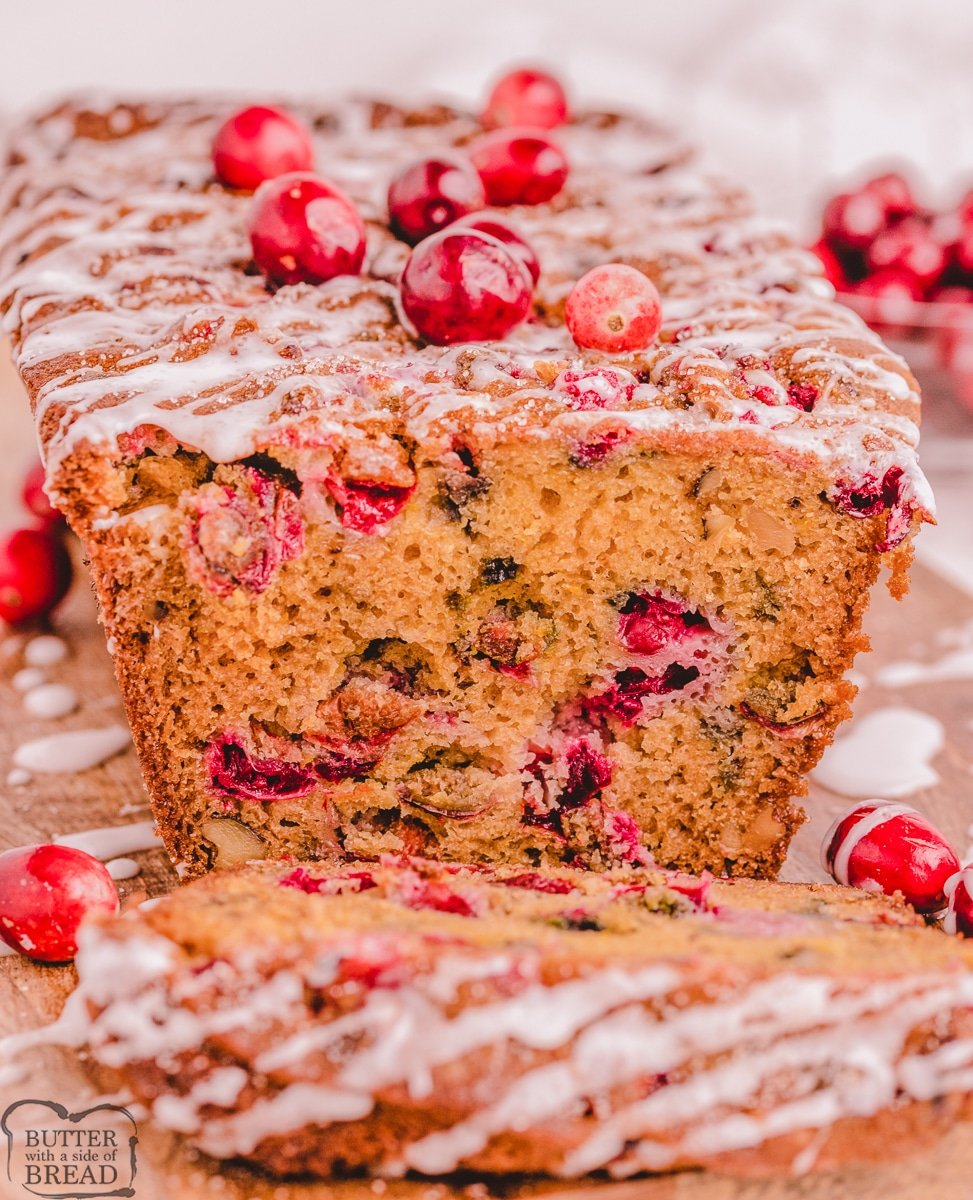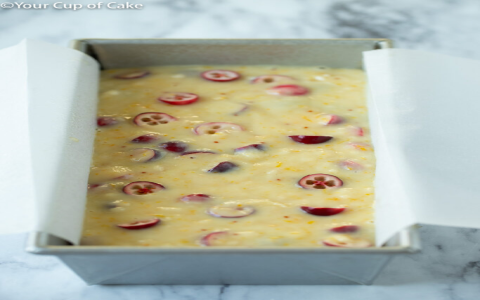Getting Started with the Dough
Alright, so I finally got around to making that yeast cranberry orange bread I’d been wanting to try. First thing, you gotta wake up the yeast. I grabbed a small bowl, poured in some warm water – make sure it’s not too hot or you’ll kill the little guys – and sprinkled the active dry yeast on top. Added a pinch of sugar to give them something to eat. Let that sit for about 10 minutes. You’re looking for it to get all foamy and bubbly. If it doesn’t foam, your yeast might be dead, gotta start over.
While that was happening, I got out my big mixing bowl. Dumped in the flour, a bit more sugar, and some salt. Gave it a quick mix with a whisk just to combine everything evenly. Standard stuff.

Mixing and Kneading
My yeast looked happy and foamy, so I poured that into the dry ingredients. Then came the wet stuff: some melted butter (let it cool slightly first!), one egg, the zest from a whole orange – really get in there and get all that fragrant zest – and some fresh orange juice. Smelled amazing already.
I started mixing it all together with a wooden spoon first, just until it started coming together into a shaggy dough. Then, time to get your hands dirty. I tipped the whole mess out onto my lightly floured counter. It was sticky, yeah, but that’s normal at the start. Floured my hands too. Then I just started kneading. Fold, push, turn. Repeat. Did this for probably a solid 8, maybe 10 minutes. You want it to go from sticky and lumpy to smooth and elastic. It’s a bit of a workout, honestly.
The First Rise and Adding the Good Stuff
Once the dough felt right, I lightly greased a clean bowl with some oil. Plopped the dough ball in, turned it over once so the top got a bit of oil too – stops it from drying out. Covered the bowl tightly with plastic wrap. Found a warmish spot in my kitchen (sometimes near the stove works if it’s on, or just a draft-free corner). Left it alone for about an hour, maybe 75 minutes? You gotta let it double in size. Patience is key here.
Okay, dough looked nice and puffy. Best part: punching it down! Just deflate it gently. Turned it back out onto the counter, flattened it slightly. This is when I added the dried cranberries. Sprinkled them over the dough. Some people soak them first, I didn’t bother this time. Just gently kneaded them in for a minute or two, trying to get them spread out without mashing them too much.
Shaping, Second Rise, and Baking
Now, shaping. Didn’t do anything fancy. Just formed it into a simple round loaf, kinda rustic looking. Placed it on my baking sheet lined with parchment paper. Covered it loosely again with plastic wrap or a clean kitchen towel. Let it sit for its second rise, maybe another 45 minutes or so. It won’t double again, but it should look visibly puffier.
While it was doing its final puff-up, I preheated my oven to 375°F (that’s about 190°C). Once the dough looked ready and the oven was hot, I took off the cover and slid the baking sheet into the oven.
Baked it for around 35 minutes. Ovens vary, so I started checking around 30 minutes. You’re looking for a nice deep golden brown color. The classic test is to carefully lift the loaf (use oven mitts!) and tap the bottom. If it sounds hollow, it’s likely done. The internal temperature should be around 190-200°F (88-93°C) if you have a thermometer.

Cooling Down and The Result
Pulled it out of the oven – the smell was fantastic, that warm bread mixed with orange and cranberry. Immediately transferred the loaf from the baking sheet to a wire rack. You have to let it cool properly on a rack. If you leave it on the sheet, the bottom can get soggy. And don’t slice into it right away, tempting as it is! Let it cool for at least 30 minutes, ideally longer.
Turned out pretty well this time. The crust was nice, inside was soft. Good distribution of cranberries, and the orange flavor came through without being overpowering. It’s a solid recipe, definitely worth the effort of working with yeast. Made the house smell great too, which is always a bonus.













